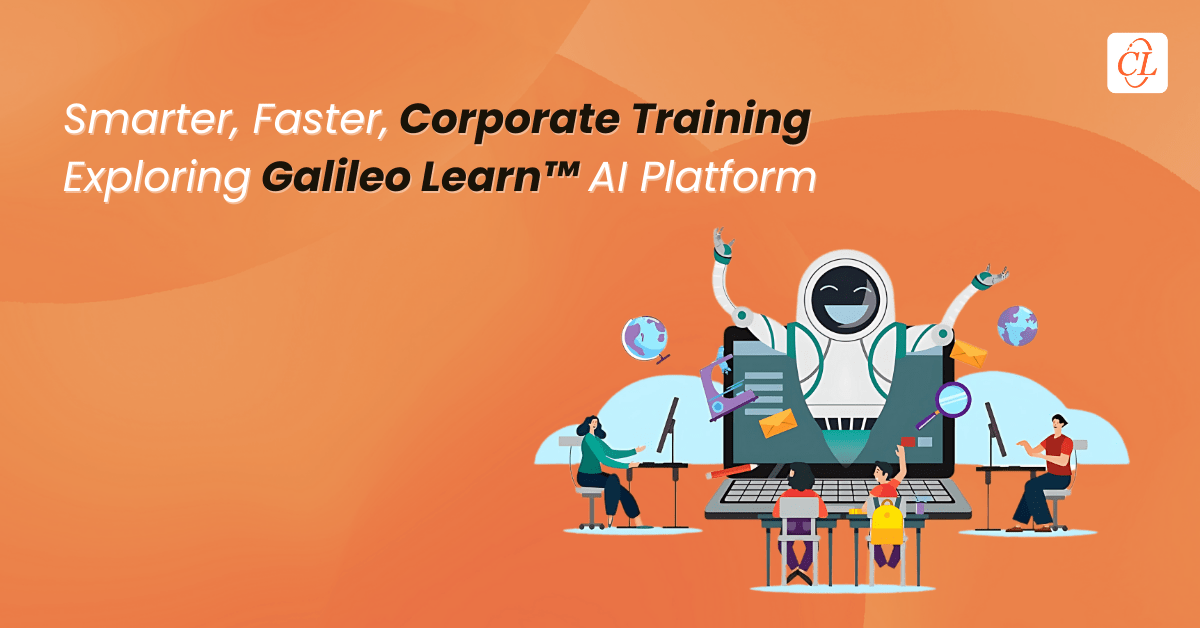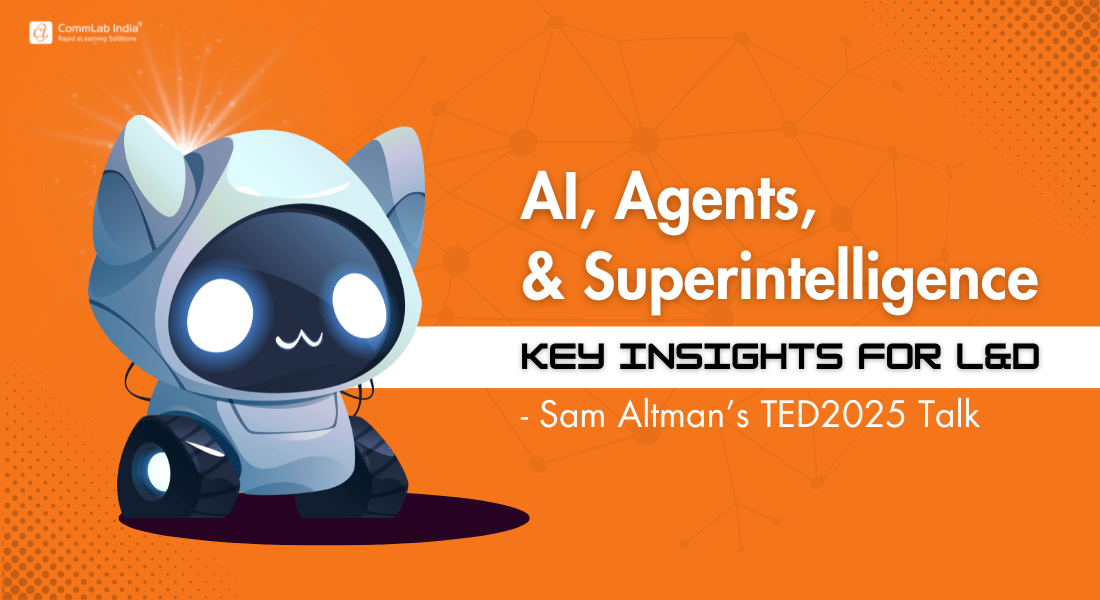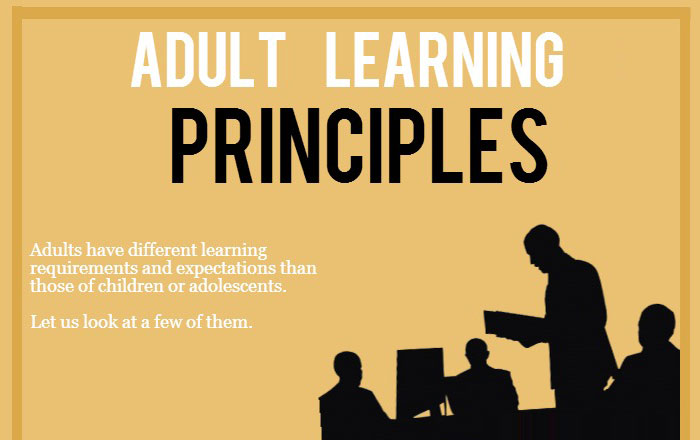In today’s high-velocity business environment, learning and development (L&D) professionals are often caught in the crossfire of speed and scale. Traditional content development cycles can’t keep up with shifting priorities, new tools, or evolving skill demands. As someone who has spent years helping organizations optimize their internal training systems, I’ve seen firsthand how slow, siloed processes erode both productivity and learner engagement.
Download Now: AI in Corporate Training
So, when I got the chance to explore Galileo Learn™, my expectations were cautiously optimistic. Could this AI platform, built on Josh Bersin Company’s 30+ years of research and powered by AI, really do what it claimed—enable smarter, faster, and more personalized learning?
Here’s what I found.
Table of Contents
- What Were My First Impressions of Galileo Learn™?
- How Does Teamspaces Make Collaborative Development Easier?
- In What Ways Does AI Assist Smarter Content Creation?
- What Makes the ‘Ask Anything’ AI Tutor Interactive and Unique?
- What Do the 700+ Ready-to-Use Courses Offer?
- How Do LMS, Insights, and Licensing Form the Operational Backbone?
- What Are the SCORM Limitations and Platform-Exclusive Features?
- Who Should—and Who Shouldn’t—Use Galileo Learn™?
- What Are the Pros and Cons of Galileo Learn™ at a Glance?
- Why Is Galileo Learn™ an AI Platform That Brings Hope to L&D?
First Impressions: A Promising Start, with a Learning Curve
Galileo Learn™ isn’t just another learning platform. The interface feels modern, thoughtfully designed, and clearly geared toward collaboration and speed. That said, getting oriented wasn’t entirely intuitive—I had to spend a little time exploring to understand where everything was and how to get started. It’s not plug-and-play, but once you get the hang of it, the workflow becomes fluid.
Teamspaces: Collaborative Development Made Easy
I eventually discovered Teamspaces—a powerful collaborative environment where teams can co-create content, assign user roles (Editor, Commenter, Viewer), and manage projects together. While this wasn’t front and center at first glance, it’s a core feature that makes content development and teamwork significantly more efficient once you’re set up.

Smarter Content Creation with AI Assistance
Gone are the days of starting with a blank slide deck. Galileo’s AI-powered content engine helps you build from scratch using prebuilt layouts like Title, Image + Text, Scenario, Q&A, Reflection, Polls, Flip cards, Assessments, and more. Alternatively, you can choose from templates for onboarding, compliance, leadership development, sales enablement, and other critical domains.
The real differentiator, however, is the AI co-pilot. It doesn’t just automate—it collaborates. Based on your prompts or uploaded content, it suggests structure, drafts learning material, and even creates assessments. I uploaded a simple PDF, and Galileo generated a course outline in minutes. Though the feature is still under development and needs human review, it’s a huge time-saver.
Another standout feature is the ability to integrate third-party content. Whether it's a Loom explainer, YouTube walkthrough, or a Trello board—embedding this content directly into a course is seamless. This supports blended, multi-source learning in a way few AI platforms do well.

Interactive Learning with the ‘Ask Anything’ AI Tutor
Perhaps the most futuristic feature in Galileo Learn™ is the built-in AI tutor, affectionately known as ‘Ask Anything.’ This tool engages learners inside the course, answering their questions, simplifying concepts, quizzing them, or even generating related articles on the fly.
What is the ‘Ask Anything’ AI Tutor in Galileo Learn™?
The ‘Ask Anything’ AI Tutor in Galileo Learn™ is an interactive tool that engages learners within courses by answering questions, simplifying concepts, creating quizzes, and even generating related articles in real time—making learning more dynamic and personalized.
This is not your typical chatbot. The AI tutor is intelligent, context-aware, and works like a real-time coach, adapting to the learner’s pace and curiosity. One caveat: this interactivity is platform dependent. If you export the course as a SCORM package, the AI features won’t function outside Galileo Learn™, as they require live server-side integration.

Ready-to-Use Learning with 700+ Built-In Courses
Beyond content creation, Galileo Learn™ comes preloaded with a library of 700+ courses across domains such as HR Strategy, Health & Wellbeing, AI & Data, People Analytics, Management & Leadership training, and more. These aren’t just templates—they’re comprehensive, ready-to-use courses you can deploy almost instantly.
This is particularly useful for organizations that need to scale training without building everything from scratch. During my exploration, I realized that even departments like Talent Acquisition and Organizational Design are covered—making it an all-in-one AI platform for enterprise-wide learning.

LMS, Insights, and Licensing: The Operational Backbone
Galileo Learn™ doesn’t stop at content. It comes with a native Learning Management System (LMS) where you can assign courses, monitor learner progress, and pull engagement insights and reports—all in real time. Admins can view who completed what, how they performed, and even how they interacted with the AI tutor.
However, the licensing model deserves some attention. While anyone with a license can create content, you’ll need additional licenses to assign and share content with colleagues. Without an active subscription, access to the content—even custom-created courses—is suspended after a brief 7-day grace period.
Additionally, Galileo Learn™ is designed for direct use by organizations. They are focused on delivering a consistent, high-quality experience and currently do not offer a reseller or third-party content development model. This means if you're looking to build content on behalf of clients or resell learning modules, this platform may not be aligned with that model. However, for internal enterprise training, it offers tremendous value through its integrated approach.

SCORM Limitations and Platform-Exclusive Features
A frequent question in corporate L&D is: Can we export courses to our own LMS?
Yes, but with caveats. Galileo allows SCORM export of content you personally create—PDFs, text modules, videos, quizzes, etc. But prebuilt Galileo courses and features like the AI tutor cannot be exported. And even if you do export, advanced interactivity will not work outside Galileo. This is by design, to preserve the AI-powered, platform-native experience.
This means if you’re looking to build static content and fully migrate it out of Galileo, this may not be your ideal solution. But if you want rich, interactive, adaptive learning, staying within the platform offers unbeatable benefits.
Discover how adaptive learning personalizes training, boosts engagement, and delivers measurable impact—transforming your entire learning ecosystem.
Who Should—and Shouldn’t—Use Galileo Learn™
Highly Recommended For:
- Organizations seeking to train internal teams across multiple functions. With 700+ courses, there’s something for every department.
- L&D teams needing fast, AI-assisted content development. Whether you’re building from scratch or repurposing existing material, Galileo makes it fast and intelligent.
- Enterprises ready to adopt an all-in-one ecosystem. From content creation to LMS to AI tutoring, Galileo covers it all in one place.
Not Recommended For:
- Resellers or third-party vendors looking to white-label content. Galileo’s direct-sales approach leaves no room for intermediary models.
- Organizations seeking traditional LMS flexibility (like full SCORM portability). If portability is a non-negotiable, be prepared for limitations.
At a Glance: Galileo Learn™ Pros and Cons
|
Pros |
Cons |
|
AI co-pilot enables fast course creation—topics, lessons, quizzes. |
SCORM export doesn’t support interactive features like ‘Ask Anything.’ |
|
Teamspaces enable live collaboration with role-based editing. |
SCORM export limited to user-created content; prebuilt courses not exportable. |
|
Access to 700+ expert-backed, customizable courses across functions. |
Licensing is role-based; both creators and learners need paid access. |
|
Personalized learner paths and adaptive support via AI tutor. |
Not ideal for orgs wanting only static SCORM content. |
|
Supports videos, podcasts, nudges, and real-time Q&A during courses. |
Requires buy-in for an AI-centric, platform-first L&D model. |
Final Thoughts: An AI Platform That Brings Hope to L&D
Galileo Learn™ is more than a tool—it’s a shift in how we think about corporate training. It places AI not just as a backend tool, but as a core partner in content creation, learner engagement, instructional design, and personalized learning. It’s not flawless—no platform is—but it delivers where it counts: speed, relevance, and depth.
For any L&D leader feeling the weight of outdated systems and growing demands, this AI platform offers something we rarely find—hope.






